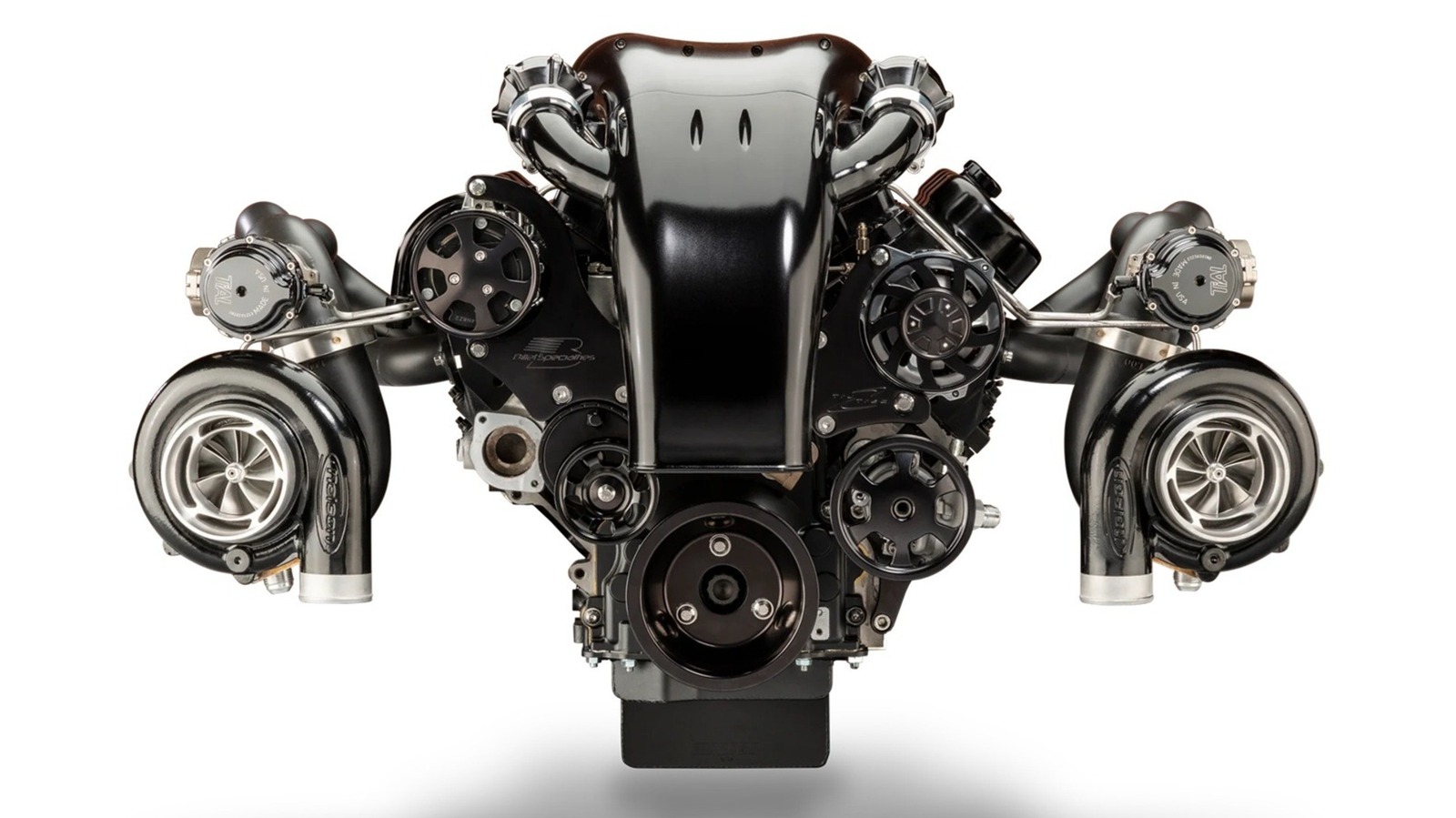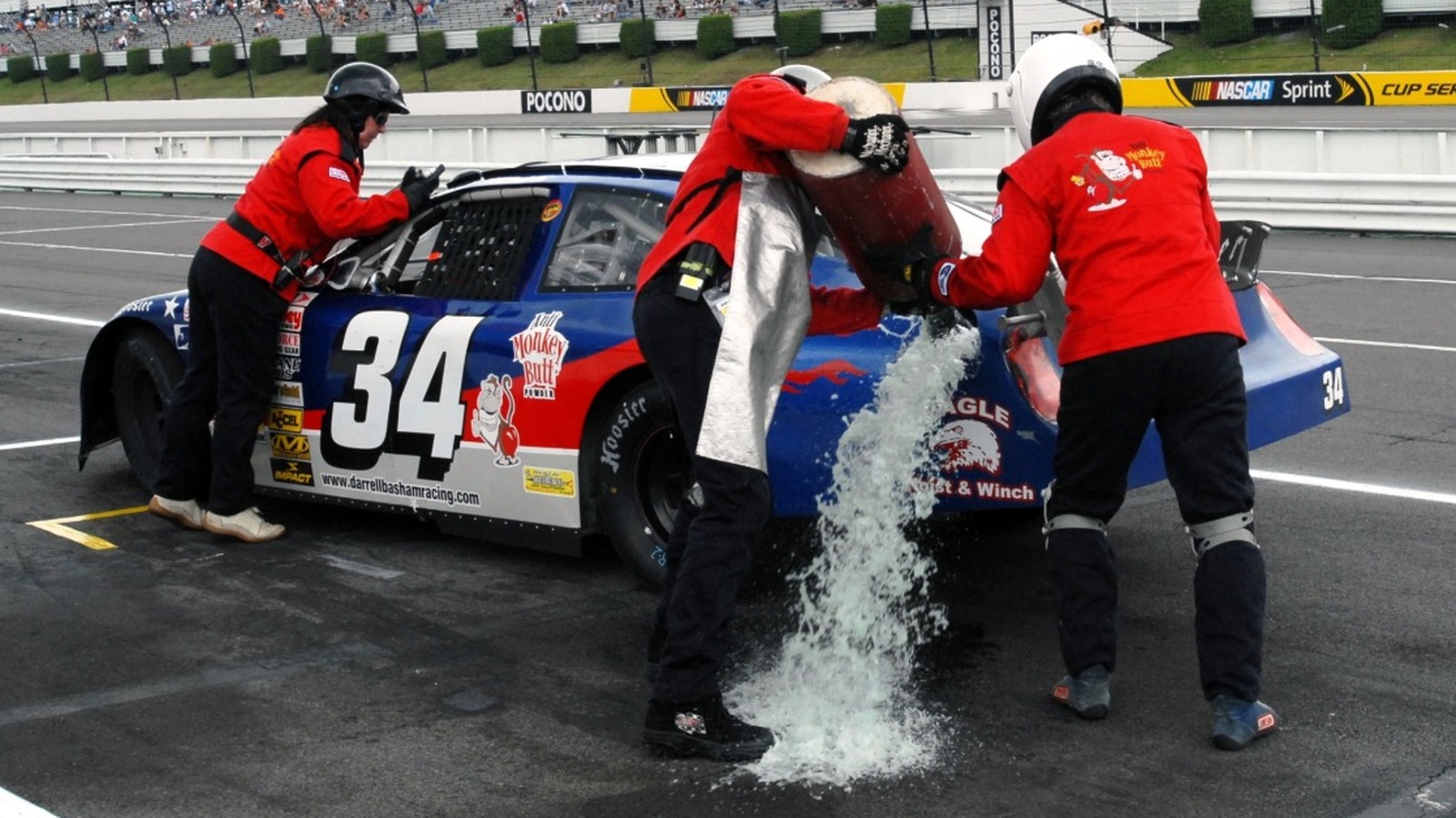A Practical Guide to the cp (Copy) Command in Linux
Copying files and directories is one of those everyday tasks in Linux that you just can’t avoid. Whether you’re backing up important documents, organizing your project folders, or moving a bunch of photos, the cp command is your go-to tool. Let’s walk through how it works, with real examples and a few handy tips to make your life easier. Table of Contents What is the cp Command? Basic Syntax Copying Files: The Essentials Copying Multiple Files and Directories Useful cp Options Real-World Examples Best Practices Conclusion What is the cp Command? The cp command in Linux is used to copy files and directories from one place to another. It’s simple, reliable, and packed with options to fit just about any copying scenario you can think of. Basic Syntax The basic structure looks like this: cp [options] source destination source: The file or directory you want to copy destination: Where you want to copy it to Copying Files: The Essentials Copy a single file: cp file.txt /home/user/Documents/ This copies file.txt into your Documents folder Rename while copying: cp file.txt newfile.txt Now you have a copy named newfile.txt in your current directory Copying Multiple Files and Directories cp file1.txt file2.txt file3.txt /home/user/backup/ All three files land in the backup folder Copy an entire directory (and everything inside): cp -r myfolder /home/user/backup/ The -r (or --recursive) option is key here-it tells cp to copy the folder and all its contents Copy files matching a pattern: cp *.jpg /home/user/Pictures/ This grabs all .jpg files in your current directory and copies them to Pictures Useful cp Options -i : Interactive mode-asks before overwriting files -v : Verbose-shows you what’s being copied -u : Only copy if the source is newer or the destination is missing -p : Preserve file attributes (ownership, timestamps) -a : Archive mode-preserves everything and copies directories recursively -f : Force-overwrite files without asking Real-World Examples Safely copy with confirmation and details: cp -i -v report.docx /home/user/backup/ You’ll see each step and get a prompt if you’re about to overwrite a file Backup a directory with all attributes preserved: cp -a Projects Projects_backup This keeps permissions, timestamps, and links intact Copy only newer files: cp -u data.csv /home/user/backup/ Handy for syncing folders without duplicating unchanged files Create a backup with a custom extension: cp -b -S .bak config.cfg /etc/myapp/ If config.cfg exists in the destination, the old version gets a .bak extension Best Practices Use -i if you’re worried about overwriting something important Use -a when backing up directories to keep everything as it was Double-check your destination path before running the command-typos can lead to files ending up in unexpected places Combine options for extra control, like cp -av for a detailed, attribute-preserving copy Conclusion The cp command is one of those simple yet powerful tools that every Linux user should master. With just a few options and some practice, you’ll be copying files and directories like a pro-backing up your work, organizing your system, and saving yourself from headaches down the road. Give these examples a try on your own files, and see how much smoother your workflow becomes!

Copying files and directories is one of those everyday tasks in Linux that you just can’t avoid.
Whether you’re backing up important documents, organizing your project folders, or moving a bunch of photos, the cp command is your go-to tool.
Let’s walk through how it works, with real examples and a few handy tips to make your life easier.
Table of Contents
- What is the cp Command?
- Basic Syntax
- Copying Files: The Essentials
- Copying Multiple Files and Directories
- Useful cp Options
- Real-World Examples
- Best Practices
- Conclusion
The cp command in Linux is used to copy files and directories from one place to another. It’s simple, reliable, and packed with options to fit just about any copying scenario you can think of.
The basic structure looks like this:
cp [options] source destination
source: The file or directory you want to copy
destination: Where you want to copy it to
- Copy a single file:
cp file.txt /home/user/Documents/
This copies file.txt into your Documents folder
- Rename while copying:
cp file.txt newfile.txt
Now you have a copy named newfile.txt in your current directory
Copying Multiple Files and Directories
cp file1.txt file2.txt file3.txt /home/user/backup/
All three files land in the backup folder
- Copy an entire directory (and everything inside):
cp -r myfolder /home/user/backup/
The -r (or --recursive) option is key here-it tells cp to copy the folder and all its contents
Copy files matching a pattern:
cp *.jpg /home/user/Pictures/
This grabs all .jpg files in your current directory and copies them to Pictures
- -i : Interactive mode-asks before overwriting files
- -v : Verbose-shows you what’s being copied
- -u : Only copy if the source is newer or the destination is missing
- -p : Preserve file attributes (ownership, timestamps)
- -a : Archive mode-preserves everything and copies directories recursively
- -f : Force-overwrite files without asking
- Safely copy with confirmation and details:
cp -i -v report.docx /home/user/backup/
You’ll see each step and get a prompt if you’re about to overwrite a file
- Backup a directory with all attributes preserved:
cp -a Projects Projects_backup
This keeps permissions, timestamps, and links intact
- Copy only newer files:
cp -u data.csv /home/user/backup/
Handy for syncing folders without duplicating unchanged files
- Create a backup with a custom extension:
cp -b -S .bak config.cfg /etc/myapp/
If config.cfg exists in the destination,
the old version gets a .bak extension
Use -i if you’re worried about overwriting something important
Use -a when backing up directories to keep everything as it was
Double-check your destination path before running the command-typos
can lead to files ending up in unexpected placesCombine options for extra control, like cp -av for a
detailed, attribute-preserving copy
The cp command is one of those simple yet powerful tools that every Linux user should master.
With just a few options and some practice, you’ll be copying files and directories like a pro-backing up your work, organizing your system, and saving yourself from headaches down the road.
Give these examples a try on your own files, and see how much smoother your workflow becomes!































































































































































![[The AI Show Episode 143]: ChatGPT Revenue Surge, New AGI Timelines, Amazon’s AI Agent, Claude for Education, Model Context Protocol & LLMs Pass the Turing Test](https://www.marketingaiinstitute.com/hubfs/ep%20143%20cover.png)




























































































































![[DEALS] Koofr Cloud Storage: Lifetime Subscription (1TB) (80% off) & Other Deals Up To 98% Off – Offers End Soon!](https://www.javacodegeeks.com/wp-content/uploads/2012/12/jcg-logo.jpg)
























![Is this too much for a modular monolith system? [closed]](https://i.sstatic.net/pYL1nsfg.png)







































































































![M4 MacBook Air Drops to Just $849 - Act Fast! [Lowest Price Ever]](https://www.iclarified.com/images/news/97140/97140/97140-640.jpg)












_roibu_Alamy.jpg?width=1280&auto=webp&quality=80&disable=upscale#)




 CISO’s Core Focus.webp?#)







































































































![Apple Smart Glasses Not Close to Being Ready as Meta Targets 2025 [Gurman]](https://www.iclarified.com/images/news/97139/97139/97139-640.jpg)
![iPadOS 19 May Introduce Menu Bar, iOS 19 to Support External Displays [Rumor]](https://www.iclarified.com/images/news/97137/97137/97137-640.jpg)





































































































